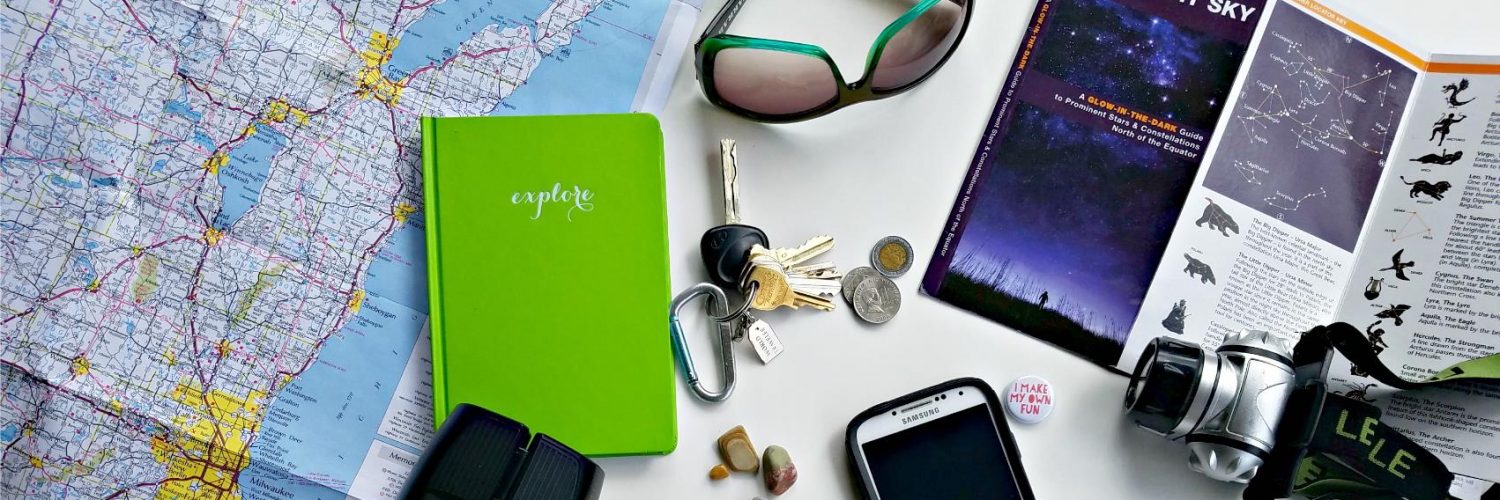
When I put on my backpack and step onto a trail, I transform into Terra, Nature Detective! Well, maybe I’m not a real detective, but I am *really* interested in knowing who shares the natural spaces I move through. As I hike, I scan the ground, the grasses, brush, trees, and basically everything around me looking for signs of my fellow outdoor residents. Feathers, scat, scrapes, owl pellets… there are many types of animal sign to look for, but most of us think of tracks first.
When there’s snow, winter is an awesome time to look for animal tracks.

Looking for animal tracks in the snow is how I learned there are river otters in Brown County. Those adorable, furry water lovers are in our county! Otter slides are an unmistakable trail. We stumbled on tracks that revealed an otter running and sliding (alternating) for a quarter mile before we decided to turn around and get back on the hiking trail. Once I knew there were otters in Brown County, I noticed their tracks and slides in other wild spaces in the county.
One of the best parts of looking for tracks is you don’t have to know anything about the tracks to enjoy finding animal tracks. I appreciate wondering who might have left the prints and trying to narrow down what animal it could be. Think about what animals you’ve seen in the area. Or just narrow it down to a type of animal. For example, most of us can tell if a track is a mammal track versus a bird track.

If you’re with your kids, talk about the tracks and ask questions. Do you think this was a big animal or a small animal? Do you think they were running or walking? Where do you think they were going? Imagine what animal it could be using deductive reasoning. Or make up ridiculous and fun guesses. I love to “guess” prints could be from ridiculous fantastical animals like dragons or unicorns. Last week I suggested a print was either a platypus or a sea lion. Though they are real animals they’re not super common in Wisconsin. I’m pretty sure they knew I was kidding…

If you do want to identify animal tracks, check out a book at the library or look them up online (but make sure it’s a good resource. Literally anybody can say they are an animal track expert online). My two favorite track books are Peterson Field Guide Animal Tracks and Mammal Tracks & Sign by Mark Elbroch.

Remember to take a photo so you have something to refer to when researching prints. It’s also a good idea to take a photo with something for scale so you know what size it is later. You can use a coin or a car key in a pinch like I did in the squirrel tracks photos above.
Looking for animal sign has added a whole new dimension to my slow hikes. Once you start looking for and paying attention to animal tracks you will see them everywhere and wonder how you never noticed them before!
If you’re a more experienced tracker, what tips would you give to a beginner?

Leave a Reply